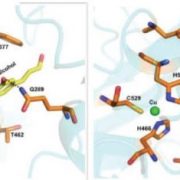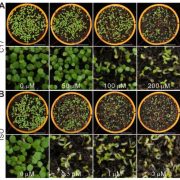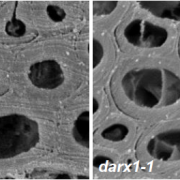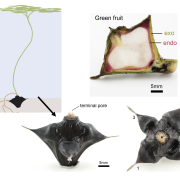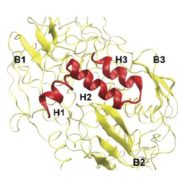A grass-specific cellulose-xylan interaction dominates in sorghum secondary cell walls (Nature Communications)
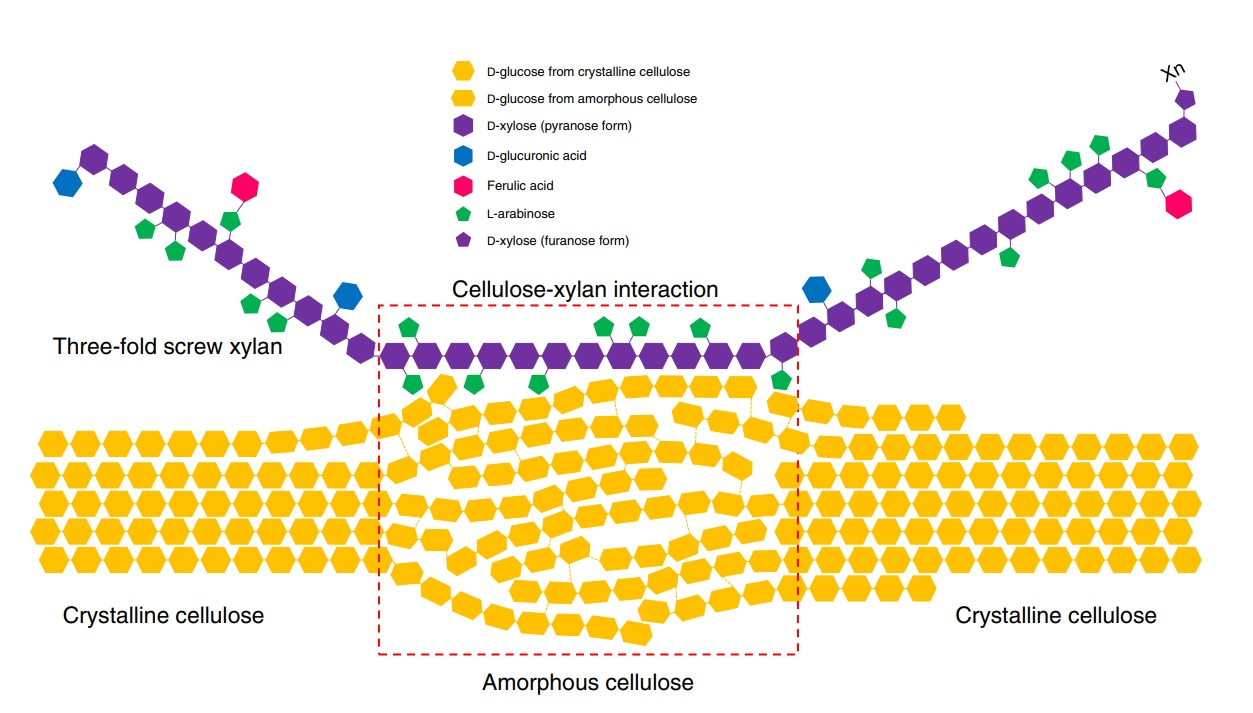
The cell walls of plants are intricate structures. Their complexity is due to multiple biochemical components and interactions, but while many of the components have been identified, their interactions have yet to be fully elucidated. A major component of the cell wall is cellulose, of which multiple subclasses exist. Xylan is the dominant hemicellulose, existing in two conformations: “two-fold screw” or “three-fold screw,” depending on their pattern of biochemical substitution, resulting in either a flat-ribbon shape or a helical shape, respectively. Previous reports utilized solid-state Nuclear Magnetic Resonance (ssNMR) techniques to demonstrate cell wall composition. In dicots, several studies demonstrated the presence of both two- and three-fold screw xylan, with two-fold xylan and crystalline cellulose interactions dominating the majority of xylan-cellulose interactions. However, the cell walls of monocot grasses such as sorghum are now of special interest, as they are huge renewable sources of feedstock for sustainable biorefineries, the energy and material producers of our future. Gao et al. performed ssNMR analysis on sorghum secondary cell walls. Interestingly, these cell walls present xylan primarily in the three-fold screw conformation. The authors conclude with a model highlighting three-screw xylan and amorphous cellulose interactions in the sorghum secondary cell wall, important information towards deciphering ideal methods for biomass deconstruction. (Summary by Benjamin Jin) Nature Communications 10.1038/s41467-020-19837-z


